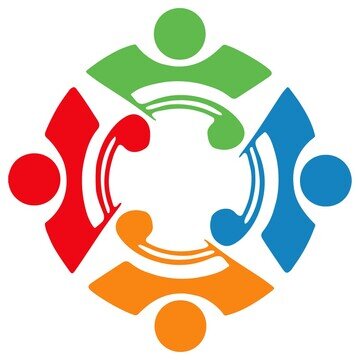22. Increase Your Awkward Tolerance
Data point of the week
According to happiness expert, Tal Ben Shahar, the number one predictor of long-term success—in business, art, and relationships—is the amount of failure or emotional discomfort we’re willing to endure.
When it comes to meeting people and developing close relationships, I call this building your awkward tolerance.
Reflection
I have a theory that one of the reasons that younger generations have higher rates of loneliness (Gen Zers are twice as lonely as people who are 65+) is because they have less practice tolerating emotional discomfort. There are other contributing factors too of course, like social media.
The thing is, if we don’t have experience getting through uncomfortable situations, we’ll never build up the confidence that we can, and we’ll be more likely to avoid them. The more people avoid social interactions because they’re awkward and uncomfortable, the lonelier we’ll become. But what if we embraced the awkwardness instead? The JED Foundation created a Seize The Awkward campaign to normalize the feelings of discomfort that often arise when having conversations about mental health.
When I feel awkward and uncomfortable (which is often), it helps to remind myself that I’m building my awkward tolerance, and that persisting through discomfort, missteps, and failures increases my chances of accomplishing the things I care about. When discomfort makes avoidant, my opportunities and experiences shrink.
The media creates unrealistic expectations that social interactions should be effortless and graceful (hah!), and that friendships are created instantly based on the magical chemistry of finding your people. The truth is that meeting new people can be awkward. Meaningful conversations can be uncomfortable. Deep friendships require effort and emotional risk.
Tolerating discomfort is undeniably uncomfortable! But some of the most important things in life—like having fulfilling relationships—mean being uncomfortable at times. Awkward tolerance is a muscle worth building.
Connection Skill & Action Step: Build your awkward tolerance.
One way to improve the quality of your relationships is to get more comfortable being uncomfortable. It’s best to practice in small, incremental doses, gradually expanding the boundaries of your comfort zone. In the clinical world, this is called exposure therapy. As you practice persisting through the awkwardness, you’ll gain confidence that you can handle uncomfortable situations.
You can make this practice more fun by gamifying it, for example, setting a daily or weekly awkwardness challenge for yourself.
Kat Vellos, author of We Should Get Together, suggests:
Making a list of all kinds of social interactions, from making a phone call, to having a conversation with a friend, to attending an event where you barely know anyone.
Then, rate each in terms of awkwardness on a scale of 1-10.
Finally, pick something from the top of the list (the 1s) and practice it each day. Gradually work your way down the list.
Questions to reflect on or to spark conversation. Please share your responses in the comments—we love hearing from you!
What’s a number 7 on your awkward list?
What’s something that you feel comfortable doing that used to feel awkward or uncomfortable?


